Thornleigh Passive House
Thornleigh Passive House
Sydney’s first certified Passive House has been lived in four years now!
This two-storey home is located in between a busy road and a train line, but the home is comfortable and quiet due to its insulation and air tight construction. A heat recovery ventilation (HRV) system provides a constant supply of fresh indoor air without the need to open windows (but we do open them when we want to).
The building form maximises solar gain for warmth in winter while maximising shade to keep cool in summer. The north facing roof allows for a 5kW photovoltaic system, sufficient to be energy positive over the year despite significant shading from a magnificent tallowwood tree.
The living spaces are orientated to enjoy the view of the tallowwood tree that is at the geometric heart of the site. A large ‘lift & slide’ door connects the living space to the back deck and yard.
The house is raised to protect the root zone of the tree, and is thus lightweight, lacking thermal mass. This is less significant in a passivhaus than in passive solar. However, the house has 10 internal water tanks to assist in regulating internal temperature. These translucent tanks act as a room divider, framing the entry, while also capturing the sun through a huge north facing window that has a retractable blind for summer sun control. The tanks are not connected to the rainwater tank, as the temperature of rainwater can be problematically low and poses a condensation risk if put straight into the building.
The house has three bedrooms, a study/guest room and two bathrooms (no ensuite). The laundry houses the HRV and hot water tank as well as the usual functional items.
The cost-effective windows are uPVC with an aluminium external skin. Imported, they came triple glazed as standard – double glazing would be a special order and add cost!
The construction methodology allowed for on-site construction while reducing the risk of damaging the air tight membrane. The final blower door test yielded a result of 0.35ACH50. This is well within the Passive House limit of 0.6ACH50 and compares favourably with the average for a new Australian home of 15.4ACH50; 44 times less leaky!

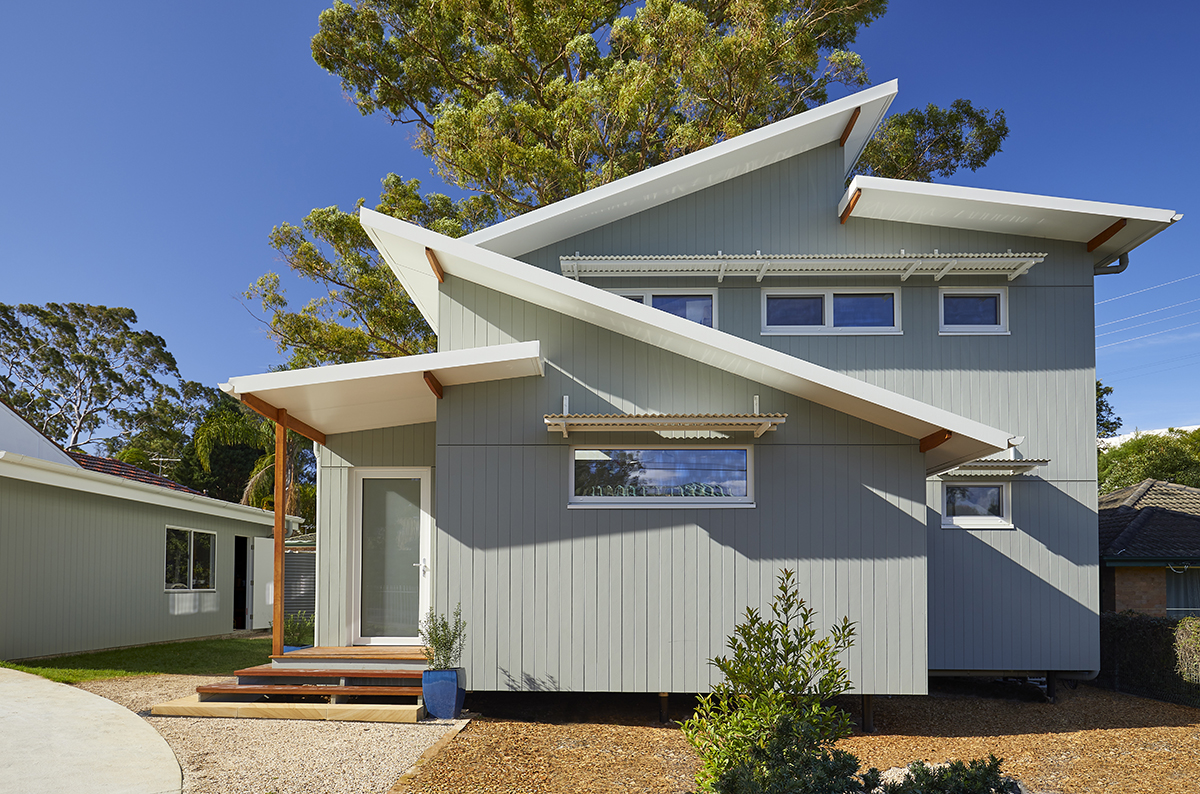
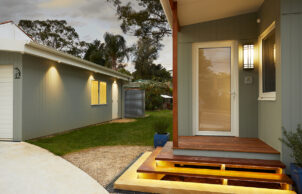
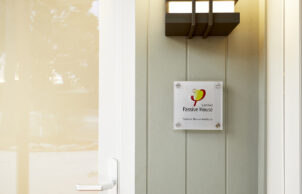
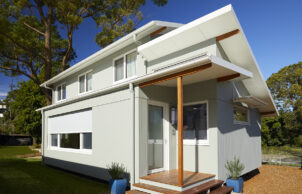
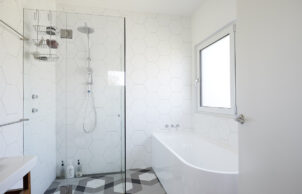
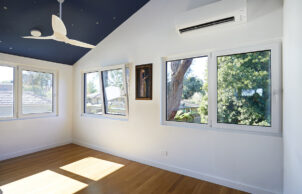
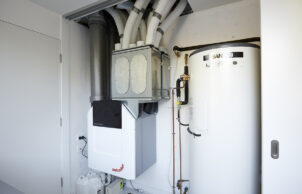
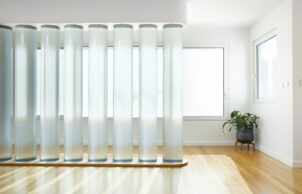
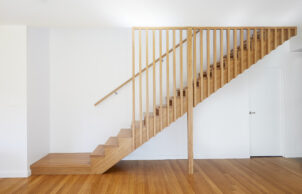
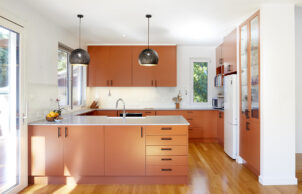

Ask questions about this house
Load More Comments